
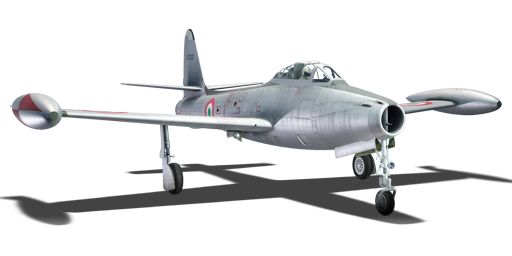


At the end of March 1952, the 5°Stormo was transferred to Villafranca Air Base. After one month, the first F-84Gs were received and 101°Gruppo and 102°Gruppo received 25 aircraft each. The 103°Gruppo was also adopted, and the 5°Stormo became an Aerobrigata on 1 February 1953. F-84s did not have a two-seat version for training, so the USA also supplied about seventy T-33s. On the initiative of Maj. Antonio Palazzeschi, a special livery system was introduced to help distinguish the F-84Gs belonging to different air groups: "Red Lightning" for 101°Gruppo, blue for 102°Gruppo, and yellow for 103°Gruppo, painted on the sides of the wings. In 1953, an aerobatic team called "Guizzo" was set up, then known to the public often as the Thundering Jets, which performed for three years (Rome, Soesterberg, Madrid, Cologne and Nuremberg), and inspired the film "I 4 del Getto Tonante". In September 1955, the 101°Gruppo took part in the "Lago Maggiore" manoeuvres, training for a hypothetical enemy invasion.
Introduced along with the initial Italian air tree in Update 1.69 "Regia Aeronautica", the F-84G-21-RE is one of the best early jets you can find in the game. It has a good primary armament consisting of six M3 Browning machine guns with a high rate of fire, capable of destroying enemy aircraft easily. For secondary armament, it is equipped with HVARs and American bombs, making it a solid choice for CAS in ground battles. The manoeuvrability and speed of this aircraft are very good, but remember that if you lose too much speed, it will become a brick.
flaps
flaps
flaps
brake
| Belt | Belt filling | Armor penetration (mm) at a distance: | |||||
|---|---|---|---|---|---|---|---|
| 10 m | 100 m | 500 m | 1000 m | 1500 m | 2000 m | ||
| API-T/AP/AP/I | 30 | 27 | 20 | 13 | 9 | 6 | |
| AP-I/AP-I/API-T/I/I | 28 | 26 | 18 | 11 | 7 | 4 | |
| API-T/I/AP/AP/AP-I/AP-I | 30 | 27 | 20 | 13 | 9 | 6 | |
| API-T | 28 | 26 | 18 | 11 | 7 | 4 | |
| AP-I/I/AP-I/I | 28 | 26 | 18 | 11 | 7 | 4 | |
| Name | Weight | Slot | ||||||||
|---|---|---|---|---|---|---|---|---|---|---|
| 6 × | 376.8 kg | 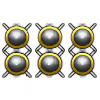 |  | |||||||
| 3 × | 188.4 kg | 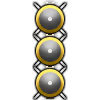 |  |  |  | |||||
| 4 × | 251.2 kg | 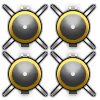 |  | |||||||
| 534.2 kg | 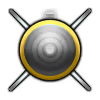 |  | ||||||||
| 49.9 kg |  |  | ||||||||
| 117.9 kg |  |  | ||||||||
| 242.6 kg |  |  | ||||||||
| 500.8 kg | 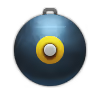 |  | ||||||||












Flight performance | |
|---|---|
Survivability |
|---|
Weaponry | ||
|---|---|---|